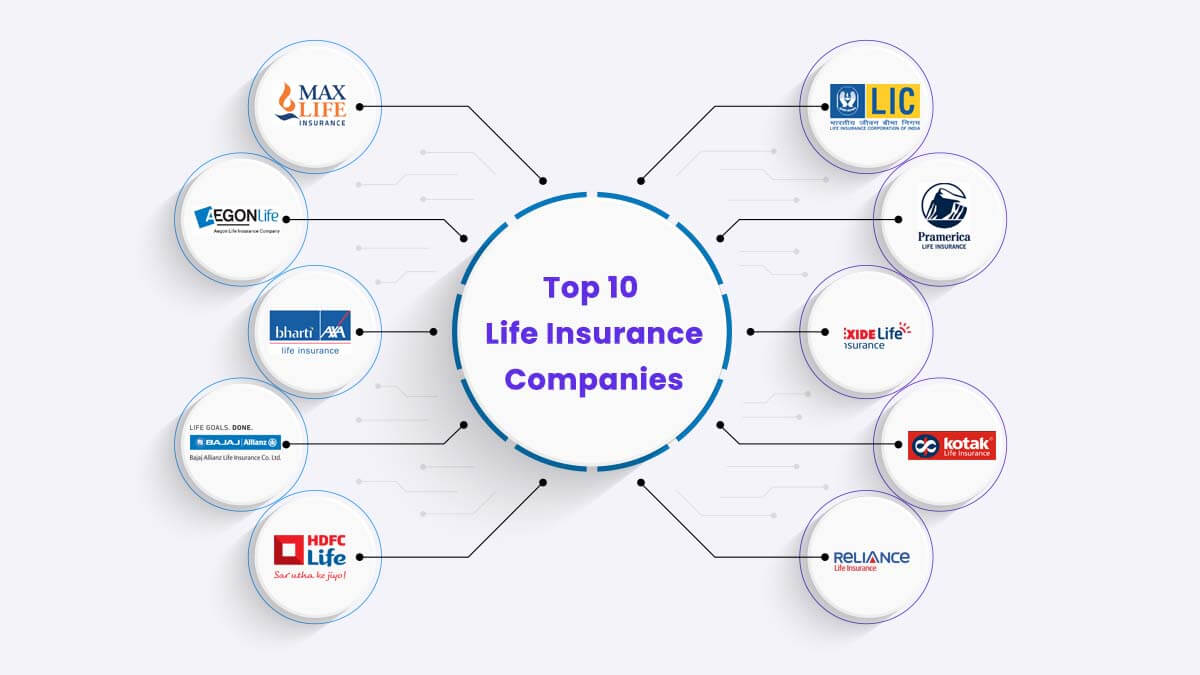If you’ve ever needed quick cash for an emergency or unexpected expense, you may have come across something called a flex loan. These loans are marketed as flexible, easy-to-get solutions for short-term financial needs. But what exactly is a flex loan, and is it the right choice for you?
In this article, we’ll break down everything you need to know about flex loans, including how they work, their benefits, and their potential drawbacks.
What Is a Flex Loan?
A flex loan (short for “flexible loan”) is a type of revolving credit that works similarly to a credit card or a line of credit. Instead of receiving a lump sum upfront, you get access to a pre-approved credit limit that you can borrow from whenever needed.
Here’s how it works:
- A lender approves you for a certain borrowing limit (e.g., 500to5,000).
- You can withdraw money as needed, up to your limit.
- You only pay interest on the amount you actually use.
- As you repay the borrowed amount, your available credit replenishes, allowing you to borrow again.
Flex loans are often offered by online lenders, credit unions, and some banks, but they are also commonly provided by payday lenders, which can make them risky if not managed carefully.
How Does a Flex Loan Work?
Let’s say you’re approved for a flex loan with a $2,000 limit. Here’s how you might use it:
- First Withdrawal: You take out $500 for a car repair.
- Now, your available credit is $1,500.
- You start making payments (usually weekly or monthly) on the $500.
- Second Withdrawal: A month later, you need $300 for a medical bill.
- You borrow another 300∗∗,leavingyouwith∗∗1,200 left in available credit.
- Now, you’re repaying both the 500+300 (total $800 borrowed).
- Repayment: As you pay back the loan, your available credit goes back up.
- If you repay 200∗∗,youravailablecreditincreasesto∗∗1,400.
This cycle continues until you either pay off the loan in full or reach the end of your loan term.
Benefits of Flex Loans
Flex loans can be useful in certain situations. Here are some advantages:
1. Flexibility in Borrowing
- You only borrow what you need, when you need it.
- No need to take out a large lump sum if you only require small amounts.
2. Reusable Credit
- Similar to a credit card, your available credit refreshes as you repay.
- You don’t have to reapply every time you need money.
3. Quick Access to Funds
- Many lenders offer same-day or next-day funding.
- Helpful for emergencies when you can’t wait for a traditional loan approval.
4. No Collateral Required
- Most flex loans are unsecured, meaning you don’t need to put up an asset (like a car or house) as security.
Drawbacks of Flex Loans
While flex loans offer convenience, they also come with significant risks:
1. High Interest Rates
- Flex loans (especially from payday lenders) often have extremely high APRs (sometimes 300% or more).
- If you don’t repay quickly, interest can pile up fast.
2. Fees Add Up
- Some lenders charge maintenance fees, withdrawal fees, or late fees.
- These extra costs can make the loan much more expensive over time.
3. Risk of Debt Cycle
- Because the credit replenishes, it’s easy to keep borrowing and end up in a never-ending debt loop.
- Many borrowers struggle to pay off the principal because they keep taking out more.
4. Short Repayment Terms
- Some flex loans require weekly or bi-weekly payments, which can be hard to manage on a tight budget.
5. Impact on Credit Score
- Missing payments can hurt your credit score.
- Some lenders report to credit bureaus, meaning poor repayment behavior stays on your record.
Flex Loan vs. Other Loan Types
| Feature | Flex Loan | Personal Loan | Credit Card | Payday Loan |
|---|---|---|---|---|
| Borrowing Limit | Revolving (up to a max) | Fixed lump sum | Revolving | Small lump sum |
| Interest Rates | Very high (often 100%+ APR) | Moderate (6%-36% APR) | Varies (15%-30% APR) | Extremely high (400%+ APR) |
| Repayment Term | Short to medium | Fixed (1-7 years) | Flexible (minimum payments) | Very short (next paycheck) |
| Fees | Possible maintenance fees | Origination fees possible | Annual fees, late fees | High rollover fees |
| Best For | Small, repeated borrowing | Large one-time expenses | Everyday purchases | Emergency cash (last resort) |
Should You Get a Flex Loan?
A flex loan might be a good option if:
✅ You need small, repeated amounts of cash.
✅ You can repay quickly to avoid high interest.
✅ You have no better alternatives (like a personal loan or credit card).
However, avoid a flex loan if:
❌ You can’t afford high interest and fees.
❌ You tend to overspend or rely on credit.
❌ You have better borrowing options (like a low-interest personal loan).
Alternatives to Flex Loans
If a flex loan seems too risky, consider these options:
1. Personal Loans
- Lower interest rates.
- Fixed repayment schedule.
2. Credit Cards (Especially 0% APR Offers)
- Better for short-term borrowing if you can pay off the balance quickly.
3. Payday Alternative Loans (PALs) from Credit Unions
- Lower fees and longer repayment terms.
4. Emergency Savings Fund
- The best option—avoid borrowing altogether by saving for emergencies.
Final Thoughts
Flex loans can be helpful in a pinch, but their high costs and potential for debt traps make them a risky choice. Before taking one out, explore cheaper alternatives and make sure you have a solid repayment plan.
If used responsibly and sparingly, a flex loan might help bridge a financial gap. But if you’re not careful, it could lead to long-term debt problems. Always read the fine print and borrow wisely!


